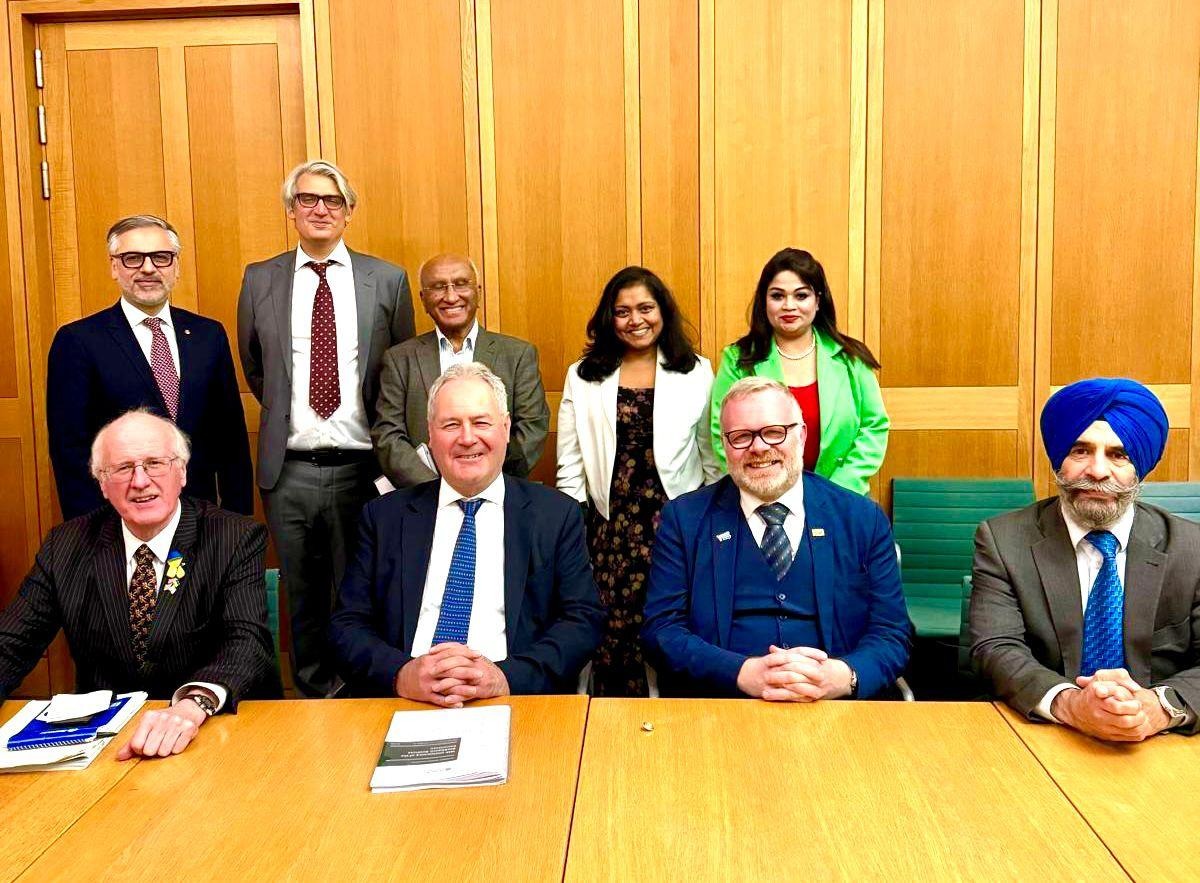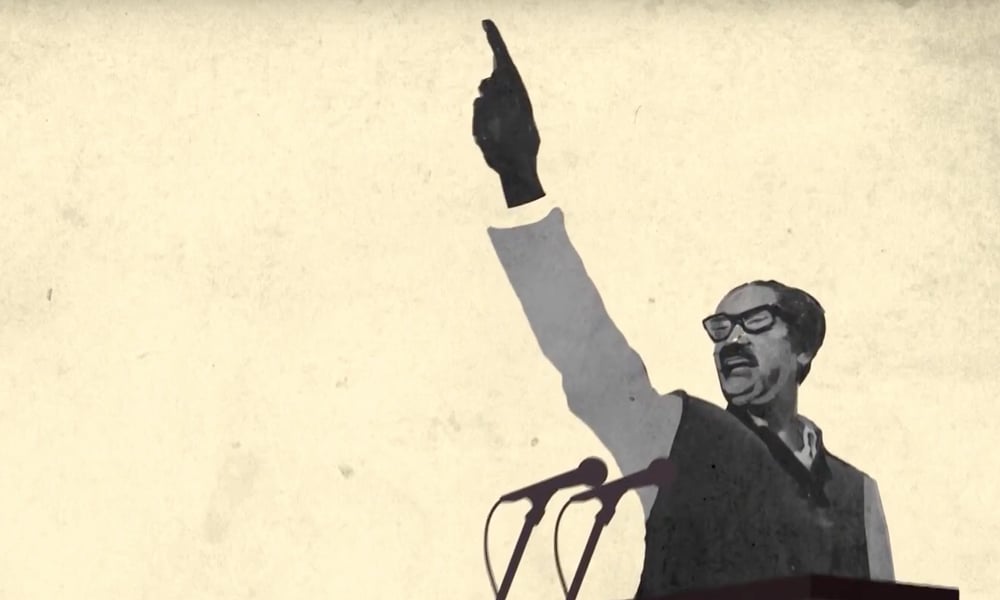4859
Published on March 13, 2021Seamless transport connectivity between India and Bangladesh has the potential to increase national income by as much as 17% in Bangladesh and 8% in India, says a new World Bank report.
The report was published at a virtual press conference on Tuesday.
The study, “Connecting to Thrive: Challenges and Opportunities of Transport Integration in Eastern South Asia,” analyzes the Bangladesh-Bhutan-India-Nepal (BBIN) Motor Vehicles Agreement (MVA), compares it with international best practices and identifies its strengths as well as gaps for seamless regional connectivity.
The report also discusses regional policy actions the countries can take to strengthen the MVA and proposes priorities for infrastructure investments that will help the countries maximize its benefits.
The report recommends key policy actions countries should take to strengthen the MVA. These include:
“Thick border slows down transport and economies and easing border restriction generates significant benefits for the neighboring countries. Ultimately, connectivity offers the promise of long term sustainability and inclusive growth. The World Bank funded $2.1b for developing connectivity infrastructures for BBIN countries,” said Junaid Ahmad, World Bank country director for India.
Quoting Prime Minister Sheikh Hasina, he said political boundaries shouldn't become physical barriers to trade. Such concepts should be carried by all.
The World Bank report also notes that bilateral trade accounts for only about 10% of Bangladesh’s trade and a mere 1% of India’s trade, whereas in East Asian and Sub-Saharan African economies, intraregional trade accounts for 50 % and 22 % of total trade, respectively.
High tariffs, para-tariffs, and nontariff barriers also serve as major trade barriers. Simple average tariffs in Bangladesh and India are more than twice the world average, the report said.
‘Increase in import-export’
Previous analyses indicate that Bangladesh’s exports to India could increase by 182% and India’s exports to Bangladesh by 126% if the countries signed a free trade agreement.
This analysis found that improving transport connectivity between the two countries could increase exports even further, yielding a 297% increase in Bangladesh’s exports to India and a 172% increase in India’s exports to Bangladesh.
The report also makes the following policy recommendations to improve regional connectivity:
“Geographically, Bangladesh’s location makes it a strategic gateway to India, Nepal, Bhutan, and other East Asian countries. Bangladesh can also become an economic powerhouse by improving regional trade, transit and logistics networks,” said Mercy Tembon, World Bank country director for Bangladesh and Bhutan.
“While trade between India and Bangladesh has increased substantially over the last decade, it is estimated to be $10 billion below its current potential,” she added.
‘Semi permeable border’
Weak transport integration makes the border between Bangladesh and India semi-permeable. Crossing the India–Bangladesh border at Petrapole–Benapole, the most important border post between the two countries, takes several days. In contrast, the time to cross borders handling similar volumes of traffic in other regions of the world, including East Africa, is less than six hours, the report highlights.
According to the report, at present Indian trucks are not allowed to transit through Bangladesh. As a result, the northeast of India is particularly isolated from the rest of the country and connected only through the 27-km-wide Siliguri corridor, also called “chicken’s neck.” This leads to long and costly routes. Goods from Agartala, for example, travel 1,600 kilometers through the Siliguri corridor to reach Kolkata Port instead of 450km through Bangladesh.
If the border were open to Indian trucks, goods from Agartala would have to travel just 200km to Chittagong Port in Bangladesh, and transport costs to the port would be 80% lower, the report estimates.
The following complementary interventions would help spreading the benefits of regional transport integration to local communities, the report adds:
According to the report, all districts in Bangladesh would benefit from integration, with the eastern districts enjoying larger gains in real income. States bordering Bangladesh, such as Assam, Meghalaya, Mizoram and Tripura in the northeast, and West Bengal on the west, and states further away from Bangladesh, such as Uttar Pradesh and Maharashtra, would also gain huge economic benefits from seamless connectivity.
However, unleashing the full potential of integration in the region requires strengthening the agreement signed in 2015. Countries need to address a number of challenges, such as infrastructure deficits, particularly in designated border posts, harmonization of regulations and customs procedures, the report stated.
“The transport integration agreements in eastern South Asia represent a significant step toward the creation of a cross-border integrated transport market in the subregion, with the Motor Vehicles Agreement (MVA) being the cornerstone of that integration.
“The agreement can achieve full potential by adopting good practices, addressing gaps and inconsistencies in infrastructure and market failures in transport services, and adopting complementary policies that remove binding constraints caused by market imperfections,” said Matias Herrera Dappe, senior economist and Charles Kunaka, lead private sector specialist and authors of the report.
Courtesy: Dhaka Tribune














